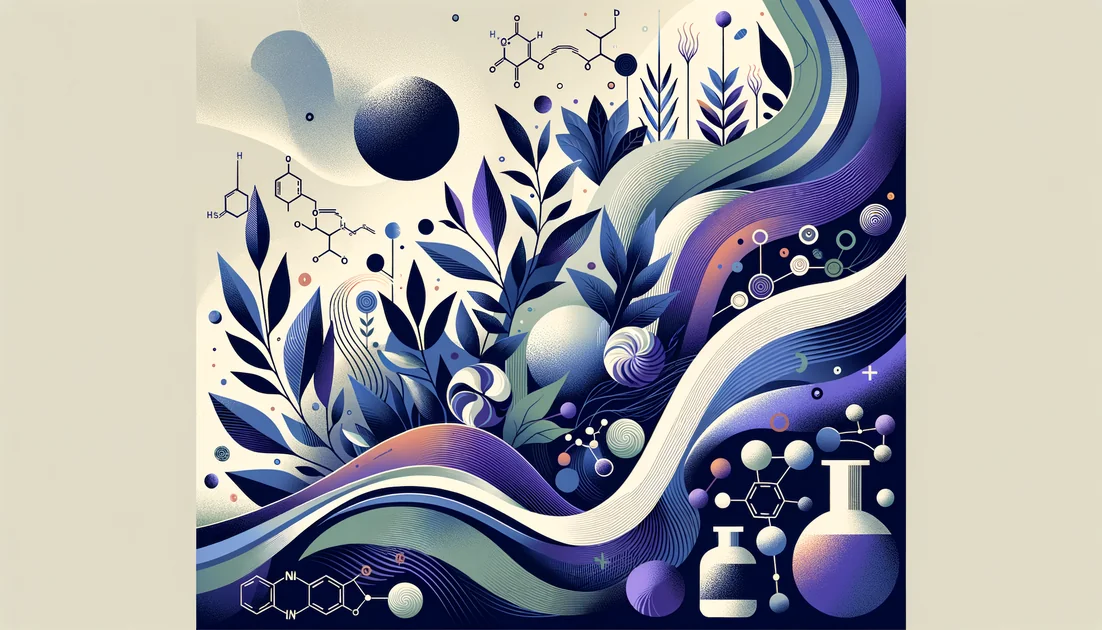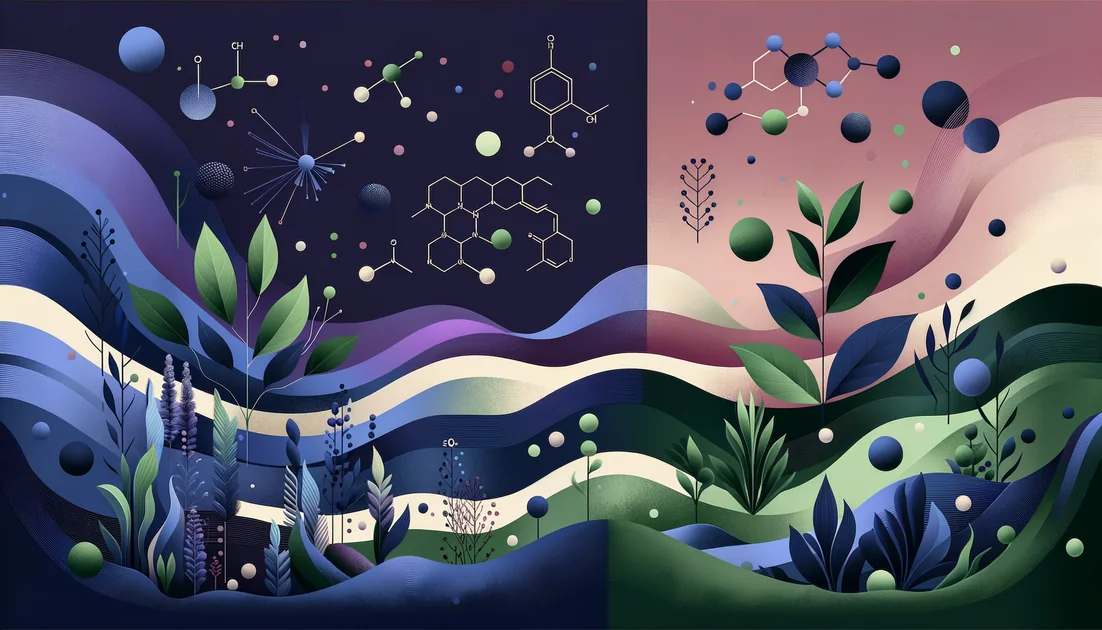
The Caterpillar's Secret: How a Himalayan Parasite Became an Endurance Experiment
On a wind-scoured slope of the Tibetan Plateau, a herder kneels, prying from the soil a mummified caterpillar crowned by a thin brown stalk. This bizarre parasite—yartsa gunbu—once bankrolled villages and dazzled dinner parties in Beijing. Today, it sits in gym bags and research labs, promising stamina and resilience. But what does this shape-shifting story really add up to?
- Evidence
- Promising
- Immediate Effect
- No → 3-12 weeks
- Wears Off
- Gradually over weeks after stopping
From yak pastures to start lines
The fungus that hijacks a buried caterpillar and sprouts from its head became, improbably, a rural gold rush. Prices soared, fortunes were made, and every spring, communities fanned across the grasslands for the "worm rush." "Medically, it seems to deliver," said fungus researcher Daniel Winkler, adding that even its libido legend "might really help," a window into the fervor that drove the boom. But the same boom brought conflict and ecological strain. Recent reporting from Bhutan describes warming slopes and overharvesting pushing pickers higher into riskier terrain—and even deadly floods cutting through camps. The fungus's fame outgrew the mountains, but its home is changing beneath it. [9][11][12]
What the best trials actually show
If you're health-conscious and curious, your real question is: does cordyceps help people, not yaks? A carefully run UCLA trial gave healthy adults in their 50s–70s about 1 gram per day of a fermented Cordyceps sinensis product (Cs-4) for 12 weeks. The result: their "thresholds"—the points where breathing and lactate start to surge—rose by roughly 8–11%. Maximal oxygen uptake (VO2max) didn't change, but hitting a higher threshold means more comfortable effort before the burn. [1] A Chinese trial pushed the dose to 3 grams daily for 6 weeks and reported small but significant gains in both VO2max and that "don't-cross-this-line-yet" threshold. In other words, measurable aerobic capacity did budge—at least in older, not-elite folks. [2] But when seasoned cyclists took 3 grams of Cs-4 for five weeks, nothing moved: no change in VO2peak, no faster time trial. The same supplement that nudged older newcomers didn't dent the ceiling of the already fit. [3] There's also research with a cultivated Cordyceps militaris blend. After three weeks at 4 grams per day, VO2max and time-to-exhaustion improved versus placebo—again in recreationally active adults, not elites. One week wasn't enough; three weeks was the turning point. [4] And beyond lungs and legs? A 16-week trial in long-distance runners found a C. militaris mycelium extract helped maintain ferritin, hemoglobin, and hematocrit during heavy training—an intriguing sign it may steady iron stores when mileage climbs. [5] Taken together, the pattern is clear and refreshingly honest: cordyceps seems to help when there's room to grow—older exercisers, recreational athletes, heavy-training runners guarding against dips—not when you're already near the physiologic ceiling. Expect weeks, not days, before effects emerge. [1][2][3][4][5]
How a parasite might help you breathe easier
Mechanistically, cordyceps isn't a caffeine jolt. Think of it as a quiet recalibration of how cells use fuel and oxygen. Animal studies show increases in endurance tied to "metabolic regulators"—shorthand for helping muscle cells burn fuel more cleanly and delay the panic alarms that cause fatigue. Picture building a few more efficient power plants per cell and keeping exhaust systems calmer so effort feels easier longer. [6] At the molecular heart of the story is cordycepin, a look-alike of adenosine, the body's energy currency. In cancer labs, cordycepin can slip into RNA assembly and prematurely clip the protective tail that keeps messages alive, pushing some tumor cells toward self-destruct. That's a very different theater than a Saturday long run, but it shows this molecule is not just folklore; it's a precise tool that plugs into our biology. [7] Here's the twist worthy of a detective novel: C. militaris appears to carry a four-gene "work crew" (Cns1-4) dedicated to making cordycepin—and a second compound that acts like a bodyguard, slowing the enzyme that would otherwise dismantle cordycepin inside the fungus. Researchers have even coaxed other microbes to produce cordycepin by borrowing these genes, a hint at future standardized, sustainable supply. [8]
The paradox of purity and price
Wild Ophiocordyceps sinensis—the caterpillar fungus—earned the luxury aura and staggering price tags. "The price..compares to things like gold and platinum and diamonds," observed mycologist Britt Bunyard. But most modern supplements are cultivated C. militaris (no insects involved), often standardized for cordycepin. That's not a bug; it's a feature: consistent chemistry, lower cost, and less environmental pressure. [10] Quality still matters. Early DNA-barcoding work shows it's possible to tell true cordyceps from look-alikes and to distinguish wild powders from fermentation products—useful in a market where adulteration once shadowed many botanicals. Look for brands that publish species (C. militaris vs. Cs-4), part used (mycelium vs. fruiting body), and assays for cordycepin and beta-glucans, plus third-party testing. [15][18]
Safety and the heavy-metal question
Cordyceps has a relatively clean safety record in human trials, with occasional digestive upset or allergy. It may interact with blood thinners and diabetes medications, so coordinate with your clinician. Heavy metals—in particular arsenic—have raised eyebrows with wild O. sinensis; risk assessments suggest much of that arsenic isn't in the most toxic form, but prudent sourcing and reasonable dosing still matter. [14][13]
Where the story goes next
Cordyceps has a second life in kidney clinics, where meta-analyses suggest potential benefits as an add-on therapy in chronic kidney disease and in hemodialysis patients—improvements in creatinine, albumin, inflammation markers, even hemoglobin—but the evidence quality is uneven and biased toward small, older Chinese trials. It's a lead, not a verdict. New, tightly controlled studies are overdue. [16][17] Meanwhile, the mountains keep their own timeline. Climate shifts and booming demand pressure the wild harvest; cultivated strains and bioengineered cordycepin may become the ethical, reliable path forward. That arc—from a single stalk piercing spring snow to a standardized molecule in a lab—captures the real promise here: not magic, but method.
"The price doesn't compare to other fungi; the price compares to things like gold and platinum and diamonds." — Britt Bunyard, mycologist [10]
If you're considering it
For performance in non-elite adults: trials used 1–3 g/day of Cs-4 for 6–12 weeks, or ~4 g/day of C. militaris blends for 3 weeks. Expect threshold and tolerance gains before any change in VO2max. [1][2][4]
For heavy training blocks: a C. militaris mycelium extract helped maintain iron-related blood markers across 4–16 weeks; consider this a supportive, not standalone, strategy. [5]
Choose cultivated C. militaris or verified Cs-4 with published cordycepin content and third-party testing; wild O. sinensis is costly and ecologically fraught. [12][15]
Cordyceps began as a mountain mystery. The modern version is humbler but more useful: a nudge to your physiology that appears over weeks, most visible where there's room to grow. Not a miracle—an incremental edge, earned with time.
Key takeaways
- •Evidence snapshot: Cs-4 for 12 weeks raised ventilatory and metabolic thresholds in older adults without changing VO2max; 3 g/day Cs-4 for 6 weeks increased VO2max and anaerobic threshold in older participants; a C. militaris blend (~4 g/day) improved VO2max and time-to-exhaustion after 3 weeks.
- •Who likely benefits: recreational and older athletes looking to lift endurance thresholds or recover more steadily during training blocks—gains arrive slowly rather than as a stimulant-like jolt.
- •Dosing rhythm: Human trials commonly used Cs-4 at 1–3 g/day for 6–12 weeks, or C. militaris blends around 4 g/day for 3 weeks; consistency over weeks matters more than timing.
- •Timing tip: Take with breakfast and lunch; avoid late-day use if you notice alertness—effects accrue over weeks, not workouts.
- •Safety stance: Coordinate with clinicians if you use anticoagulant/antiplatelet or diabetes medications; be choosy with sourcing—wild O. sinensis can show variable heavy metals, so buy from reputable, tested suppliers.
You might also like
Explore more of our evidence-led investigations, comparisons, and guides across every article style.

Allergy Research Group (ARG)
Practitioner-grade, hypoallergenic testing culture—with premium pricing and limited public COAs

Current (Actual) Body Weight method vs Goal/Ideal/Adjusted Body Weight method
For most healthy, non-obese and athletic readers, calculate protein from current body weight. If you have overweight/obesity or are dosing clinically, use goal/ideal/adjusted body weight to avoid overestimating needs. [1][2][6]


Broccoli Extract (sulforaphane-rich)
On a hazy summer morning in eastern China, volunteers lined up for a lime-and-pineapple drink that had one odd ingredient: powdered broccoli sprouts. Within 24 hours, their bodies were flushing out more benzene—a carcinogen from air pollution—than the day before. A vegetable extract, not a drug, had quietly turned up the body's own detox gears. What else could this bitter green do? [3]


Tocotrienols
The stealthier cousins of vitamin E—built with springy tails that move differently in cell membranes and behave differently in your body.


